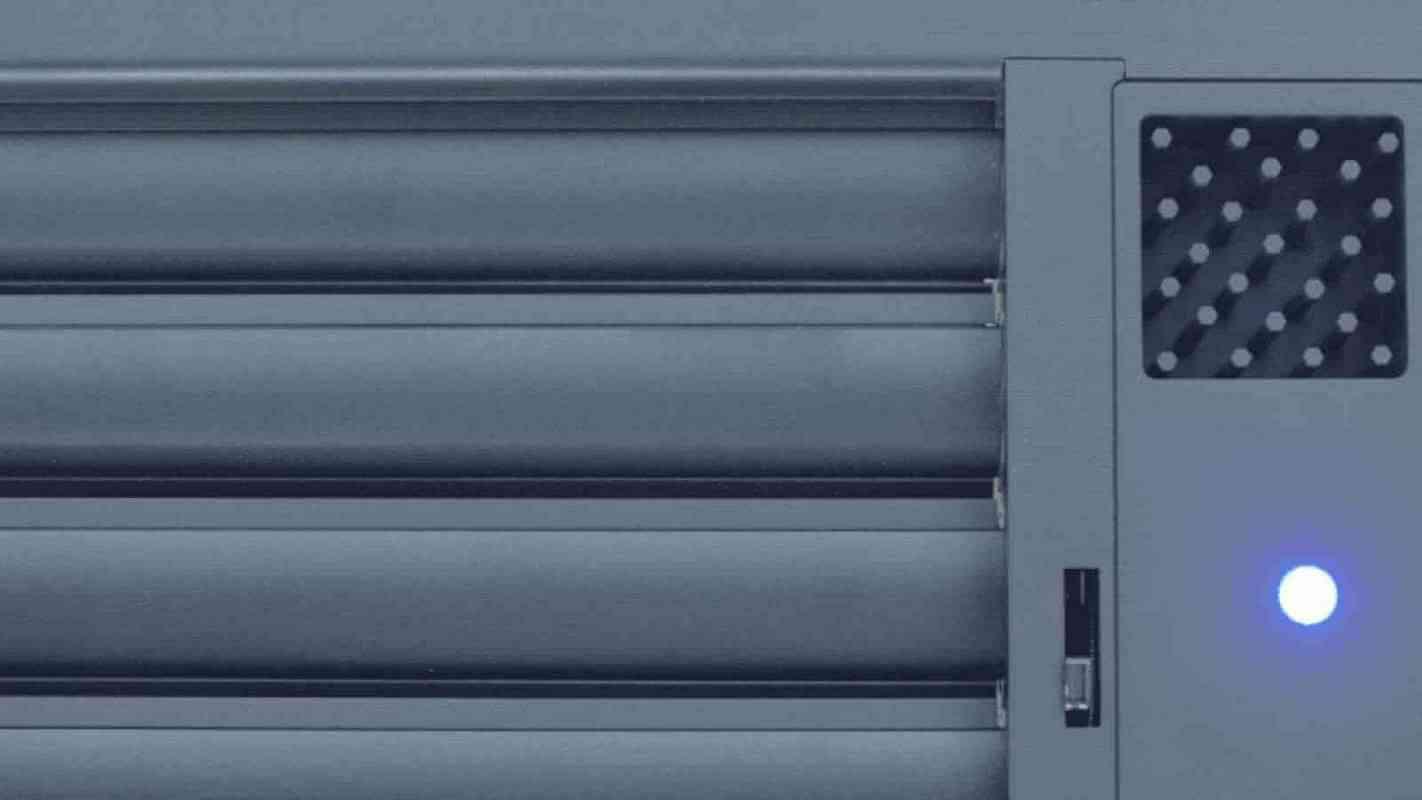The comfort, productivity, and health of a person largely depend on their environment and the quality of air they breathe day in day out. The invention and eventual mass acceptance of HVAC technology as the best to regulate the quality of air - including temperature and airflow - is seen as one of the biggest advancement mankind has made to make indoor spaces as comfortable and healthy as possible.
The problem with traditional HVAC
Traditional HVAC systems, however, have an inherent weakness; they are more like an ON and OFF switch that regulates temperature and inflow of air. As a result, it is a common problem to have some rooms hotter than others with air temperature and pressure variation. This means some areas of a home or commercial building will not receive the right quality of air to make its occupants comfortable. The new intelligent HVAC system made by Alea solves this problem.
What makes an intelligent HVAC?
Alea is a smart home startup that has come up with an ingenious replacement of the traditional HVAC called Alea Air. This is an intelligent HVAC technology system that promises to revolutionize how much control a person has over the physical conditions of a room or house.
Alea Air runs on a cloud-based machine learning algorithm that relies on the device’s 11 sensors, an energy-harvesting unit, and robotic louvers to fine-tune the temperature and air quality of a room. Interestingly, the DIY-installable system with independently controllable vents rely on data from the cloud-based AI which combines sensor data, user preferences, and a ton of data including weather forecasts for the area, room occupancy, time of the day, and size and orientation of the room to generate the ideal air profile of the room.
Next-level sensors and energy saving features
Alea Air is a smart AC system because it relies on a modern algorithm, a range of sensors, and revolutionary vents to revolutionize indoor heating and cooling. These include:
- Infrared sensors to track room temperature.
- Ambient light and UV sensors to monitor room environment.
- Air quality sensors that detect volatile organic compounds.
- Air pressure, temperature, and humidity sensors.
- Audio sensors to detect and stop the ‘whistling air’ sound.
- Wireless connectivity including Bluetooth for data sync and device setup and monitoring.
One of its best features is an ‘energy saving unit’, a new innovation that conserves power to extend the battery life of the device. The vents, once installed, communicate with each other to help the intelligent machine learning system to make decisions that improve the comfort and air quality of a room remotely.
If you have been having problems with your HVAC, whether it is as a result of old technology, the physical conditions of where you live, or the size and shape of your home or office, it is time you went smart. There is no problem that this new intelligent HVAC technology will not solve - provided you choose the right kit and have the right infrastructure such as power and a reliable internet connection.
